What is UI/UX Case Study?
Verified
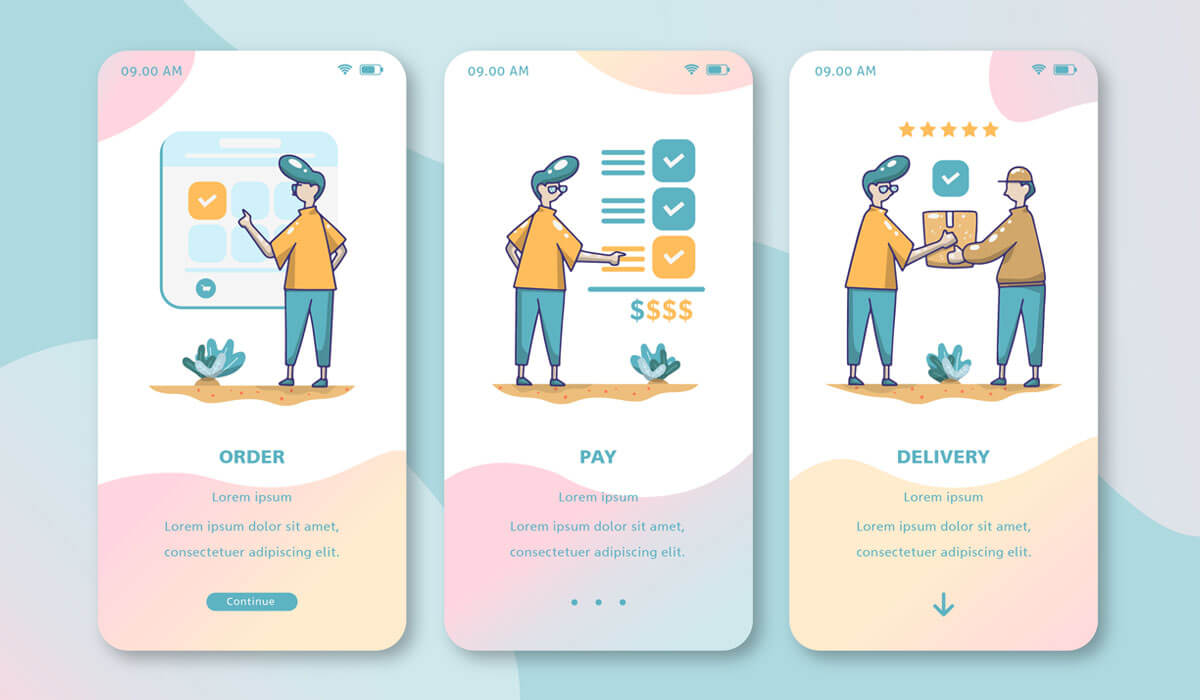
A UI/UX case study is a detailed description of a user interface (UI) and user experience (UX) design project. It outlines the research, design, and implementation process of creating a UI/UX solution for a specific problem or need.
A UI/UX case study typically includes:
The problem or need that the UI/UX design project aimed to
address.
The research conducted to understand the problem and
identify potential solutions, including user research, competitive analysis,
and other relevant research methods.
The design process, including the creation of personas, wireframes,
prototypes, and final designs.
The implementation process, including any technical details,
collaboration with the development team, and any testing conducted to ensure
the design was functional and met the project goals.
The results of the project and how the design met the
project goals and objectives, including any metrics or measurements used to
evaluate the success of the project.
A conclusion that summarizes the key findings and outcomes
of the project and reflects on any challenges faced during the project and what
was learned from the process.
A well-written UI/UX case study can showcase the design
process and outcomes of a project, highlight the designer's problem-solving
skills and creativity, and demonstrate the designer's ability to create
effective user-centered design solutions.
How to
write UI/UX Case Study?
Writing a UI/UX case study involves several steps. Here is a general framework that can guide you in writing a comprehensive case study:
1. Introduction:
The introduction should provide an overview of the project,
including the problem statement, goals, and objectives. It should explain why
the project was necessary and what the project aimed to achieve.
2. Research:
This section should provide details on the research
conducted to understand the problem and identify potential solutions. It should
include information on user research, competitive analysis, and other relevant
research methods used to inform the design decisions.
3. Design Process:
In this section, you should provide details on the design
process, including the creation of personas, wireframes, prototypes, and final
designs. You should explain how the design decisions were made and how they
addressed the project goals and objectives.
4. Implementation:
This section should provide details on how the design was
implemented, including any technical details, collaboration with the
development team, and any testing conducted to ensure the design was functional
and met the project goals.
5. Results:
In this section, you should describe the results of the
project and how the design met the project goals and objectives. You should
provide details on any metrics or measurements used to evaluate the success of
the project and how they were achieved.
6. Conclusion:
Finally, the conclusion should summarize the key findings and outcomes of the project, highlighting its success and impact. You can also reflect on any challenges faced during the project and what was learned from the process.
When writing a UI/UX case study, it is important to keep the
focus on the user's needs and how the design addressed them. Be sure to include
visuals, such as screenshots or images of the design, to illustrate the design
process and outcomes. Additionally, using data and metrics can help to validate
the success of the design and provide a more compelling case study.
Sample case
study for a UI/UX project. Here's an example:
Case Study: Redesigning the e-Commerce Website for a Clothing Brand
Background:
A clothing brand named "FashionHub" wanted to revamp their e-commerce website to provide a better user experience to their customers. The existing website was cluttered, slow, and had an outdated design. The brand wanted to enhance the website's usability, speed, and design to attract more customers and increase online sales.
Goals:
1. 1. Improve the overall user experience of the website
2.
2. Increase customer engagement and conversion
rates
3.
3. Simplify the website navigation
4.
4. Enhance website speed and performance
5. 5. Create a modern and visually appealing design
Research:
We started the project with a comprehensive research phase
that included interviews with key stakeholders and users, competitive analysis,
and a usability study of the existing website.
We interviewed key stakeholders to understand the business
goals and objectives of the project. We also analyzed the existing website and
identified areas of improvement.
To gain insights into the user's needs, we conducted user research and usability testing. We created user personas and user journeys to understand the typical user behavior on the website. We also conducted a competitive analysis to identify industry best practices and key trends.
Design:
Based on our research insights, we created wireframes and prototypes
to test different design concepts. We conducted user testing on the prototypes
to validate our design decisions.
We focused on creating a clean and modern design that emphasized the clothing products and simplified the website navigation. We also incorporated a responsive design to ensure that the website is accessible on different devices.
Implementation:
We worked with the development team to implement the new design and ensure that it met the project goals. We tested the website for usability, performance, and speed. We also optimized the website for search engines to improve its visibility online.
Results:
The redesigned e-commerce website for FashionHub was
launched, and the results were impressive. The new website saw a 30% increase
in website traffic and a 25% increase in conversion rates. Customers
appreciated the modern design and the simplified navigation, leading to a 20%
increase in customer engagement. The website's speed and performance were also
enhanced, resulting in a 15% decrease in bounce rates.
Overall, the redesign of the e-commerce website for FashionHub was a huge success, and it achieved all the project goals. The improved user experience and modern design helped to attract more customers, increase engagement, and ultimately drive more online sales.
UI/UX Case Study Samples


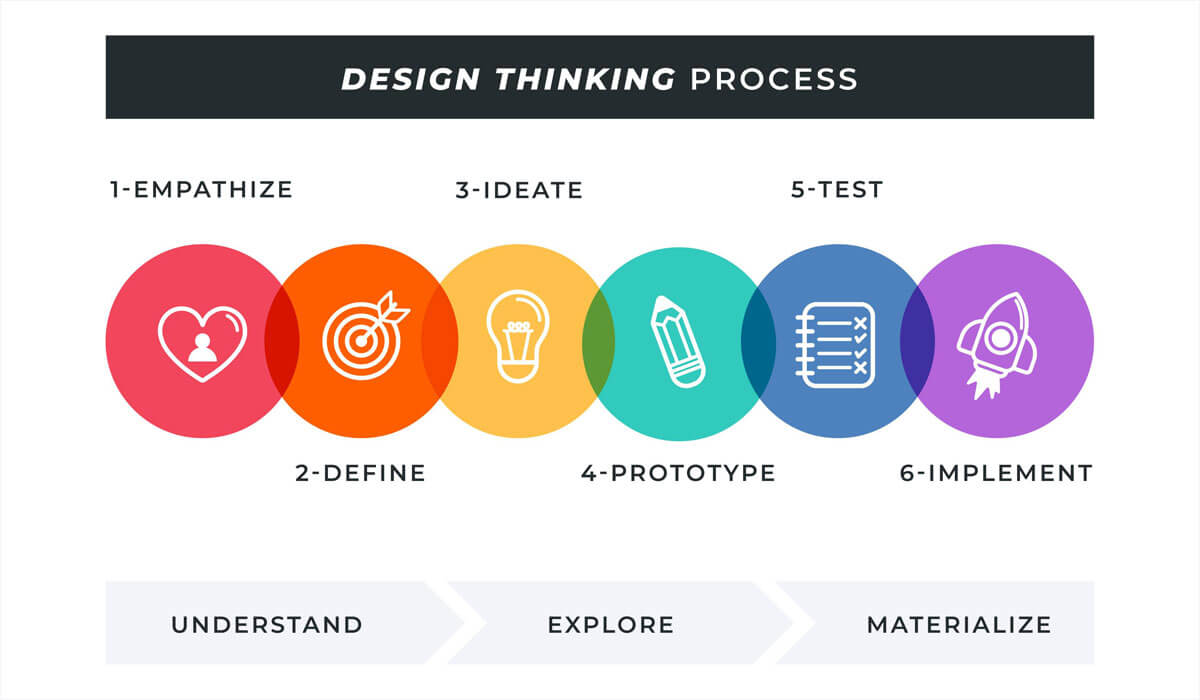
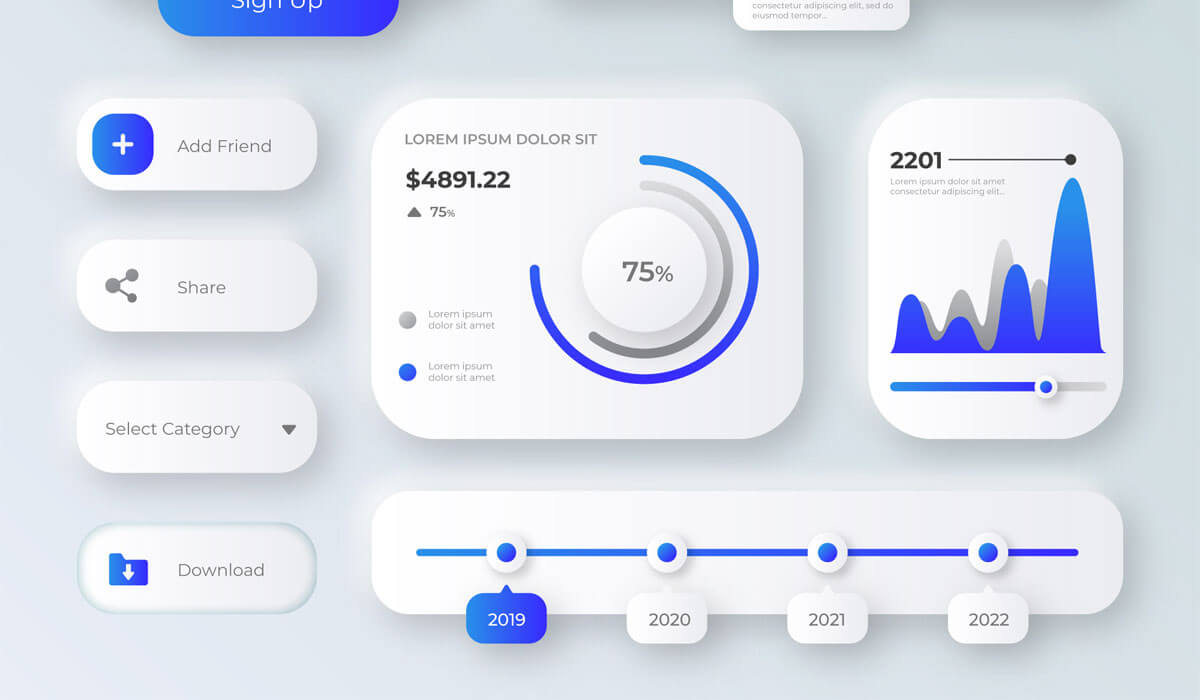
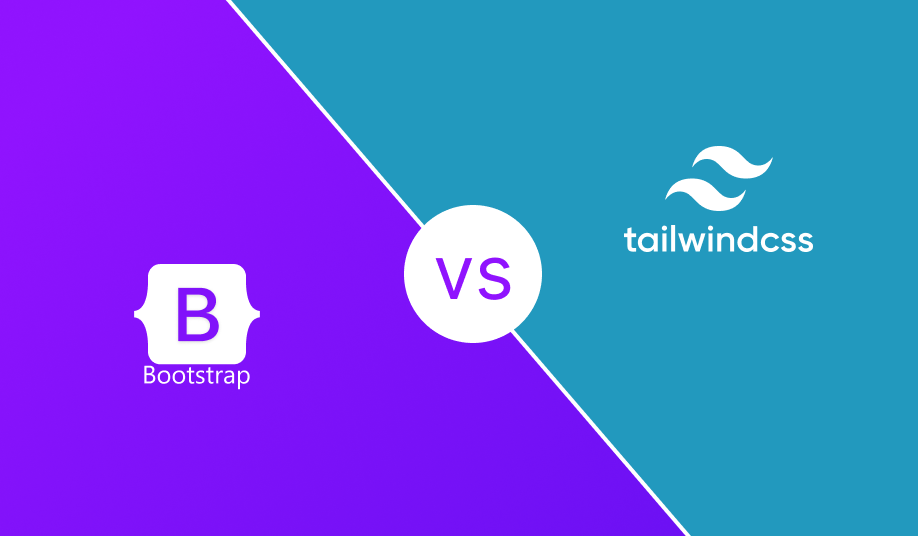
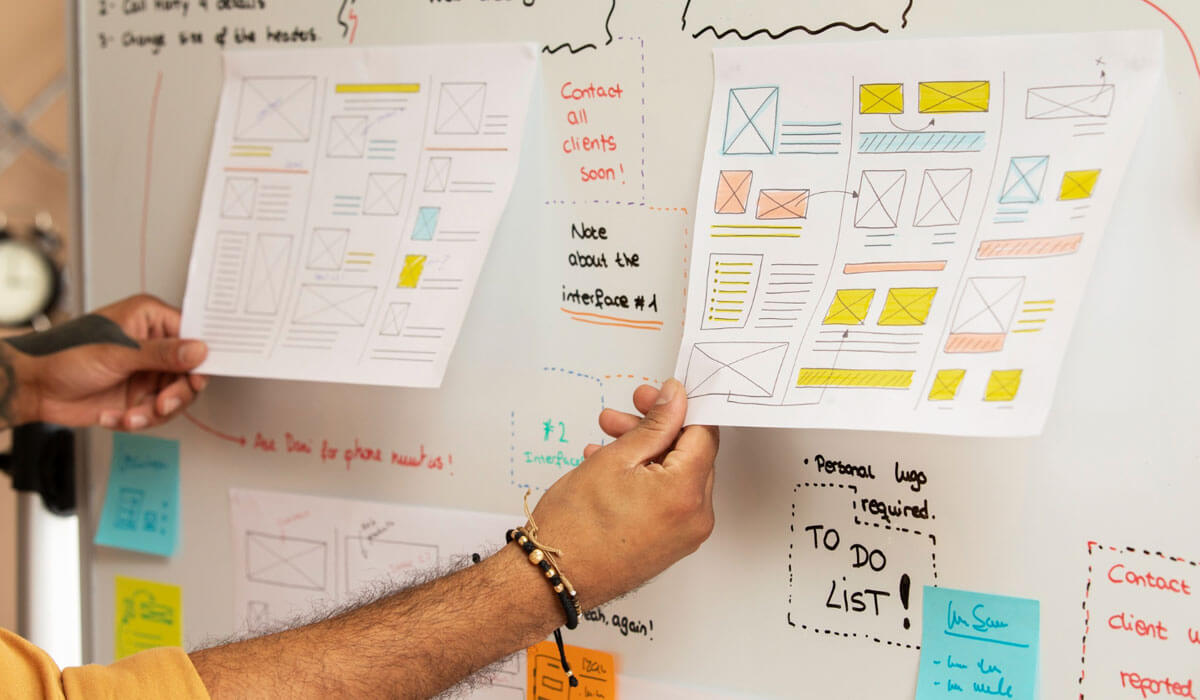
_(1).png)